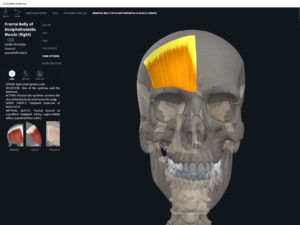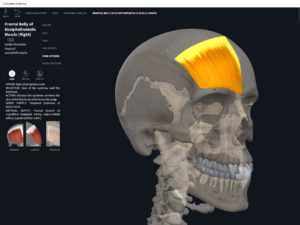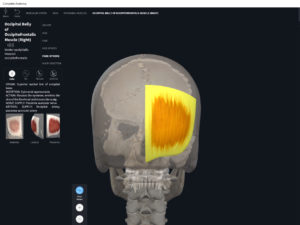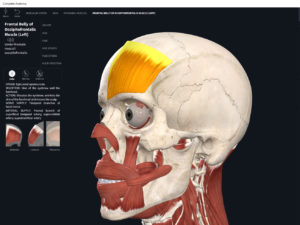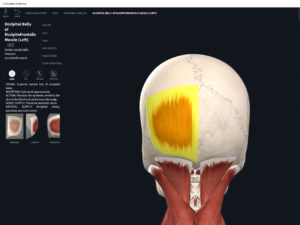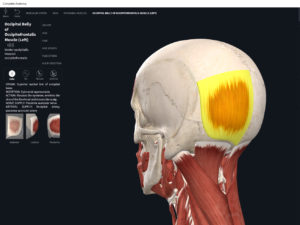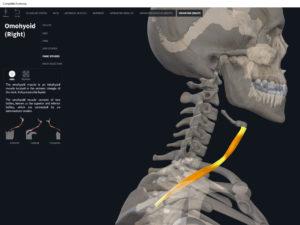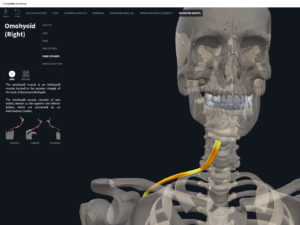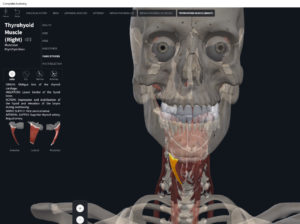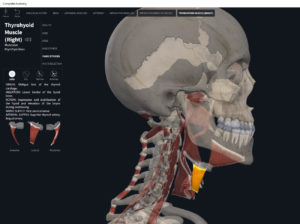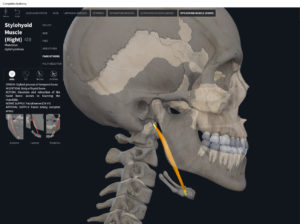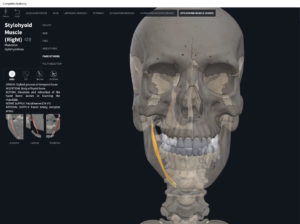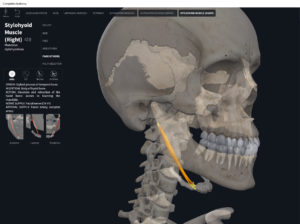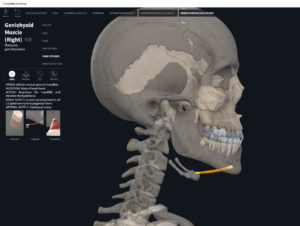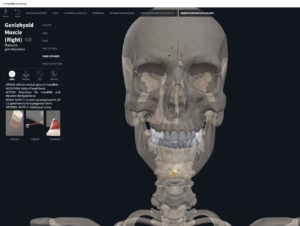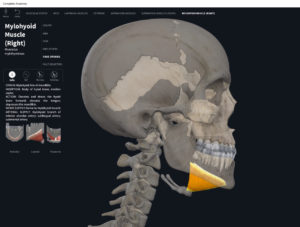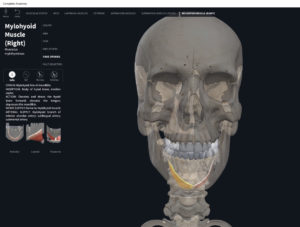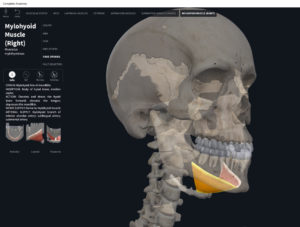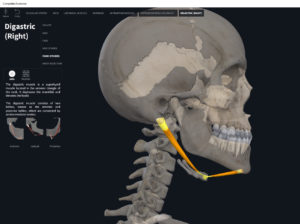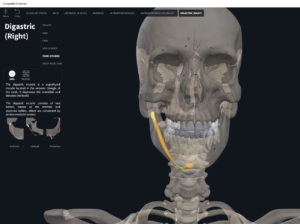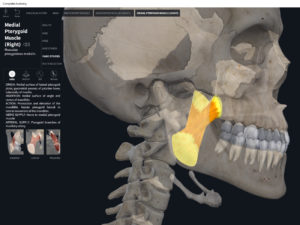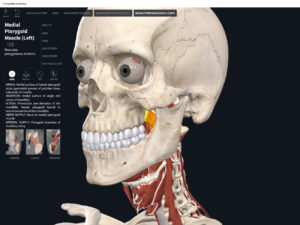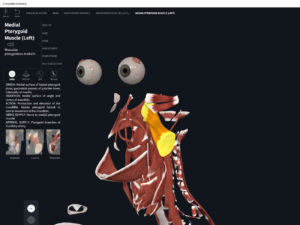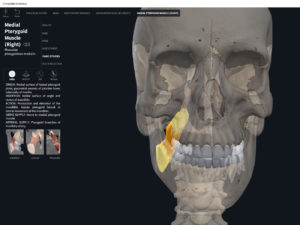Anatomy & Physiology: Muscles— Temporoparietalis.
Structure.
- Origin: aponeurosis above auricularis.
- Insertion: galeal aponeurosis.
Function.
- Concentric action: elevates ear; tightens scalp.
- Reverse mover action:
- Eccentric action:
- Isometric action:
- Innervation: facial VII nerve.
- Arterial supply: superficial temporal and posterior auricular arteries.
Clinical Significance.
References
Biel, A. (2015). Trail guide to the body: A hands-on guide to locating muscles, bones and more.
Cedars-Sinai. (2018). Vertebrae of the spine. Retrieved from https://www.cedars-sinai.org/health-library/diseases-and-conditions/v/vertebrae-of-the-spine.html
Clark, M., Lucett, S., Sutton, B. G., & National Academy of Sports Medicine. (2014). NASM essentials of corrective exercise training. Burlington, MA: Jones & Bartlett Learning.
Jenkins, G., & Tortora, G. J. (2012). Anatomy and Physiology: From Science to Life, 3rd Edition International Stu. John Wiley & Sons.
Loyola University Medical Education Network. (n.d.). Temporoparietalis. Retrieved from http://www.meddean.luc.edu/lumen/meded/grossanatomy/dissector/mml/tepa.htm
Muscolino, J. E. (2017). The muscular system manual: The skeletal muscles of the human body.

